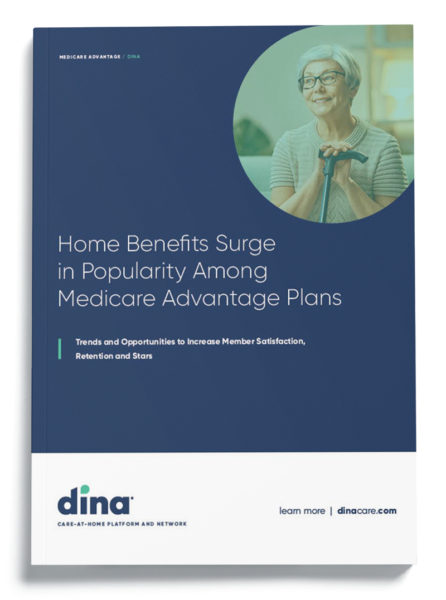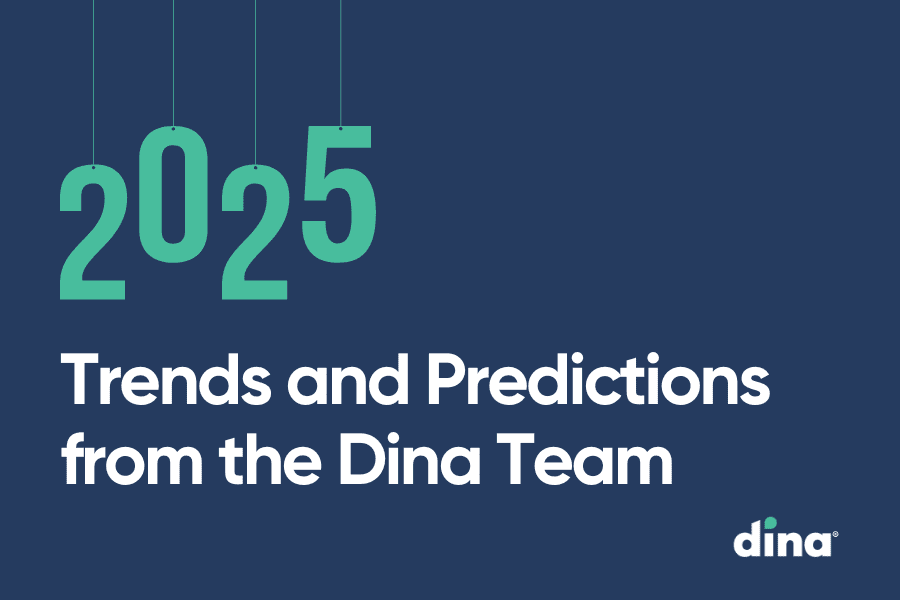
Medicare Advantage (MA) enrollment has been on a steady climb for the past two decades following changes in policy designed to encourage a robust role for private plan options in Medicare.
In 2023, 30.8 million people are enrolled in a MA plan, accounting for 51% percent of the eligible Medicare population, and $454 billion of total federal Medicare spending. Today, the average Medicare beneficiary has access to 43 Medicare Advantage plans, the largest number of options ever.
Despite this growth, many beneficiaries don’t have a good grasp of what their health plan offers, a new Retirement Living survey shows.
Of the 351 beneficiaries surveyed, 44% said they fully understood their plan, 50% said they somewhat understood it, and 6% did not understand their plan at all.
Complex details were the most commonly cited reason for confusion, followed by a lack of familiarity with plans and a lack of education and communication about benefits. Just over half of the survey respondents said confusion about their plan led to an unexpected bill.
Most Still Satisfied With Coverage
Despite these issues, survey respondents reported high levels of satisfaction with Medicare Advantage — 71% said they were satisfied with their coverage.
Furthermore, 61% felt their current coverage outperformed their previous plan, including traditional Medicare Parts A and B, individual insurance plans, and Medicaid.
But along with the generally positive reviews, the program still lacks in a few key areas, the research found. For example, MA members were less satisfied with their plan’s telehealth services (27%) and online and mobile access (18%).
Chronic Care Management Also An Issue
As for medical concerns, only 12% were satisfied with their plan’s chronic care management program, 7% with meal support and transportation, and 6% with caregiver support and home health services.
This is the latest research that shows that MA members consider leaving their plan if they don’t have seamless access to the benefits they expect. Members have no shortage of options available to them and they are frustrated when they don’t know where their benefits are or how to access different services. In response, more health plans are becoming innovative in how they unlock new benefits to help people live their very best lives. This can include reducing the friction around payment, creating flexible combinations and packages of benefits, and making coordinators available for support if there are questions about the services being activated and delivered.
In other Medicare Advantage trends, recent studies have highlighted the positive impacts of MA plans for enrollees, including a report from the Elevance Health Public Policy Institute that found 83% of dual-eligible and 75% of non-dual-eligible individuals used at least one supplemental benefit, such as grocery cards or transportation, a year. The analysis concluded that MA enrollees find value in plans when they need to meet personalized care management needs.
Further, dual eligible utilizers have a higher average CMS-HCC risk score than non-utilizers, suggesting they could be using their supplemental benefits to help address more intensive or chronic healthcare needs, the report said. Risk Adjustment and Hierarchical Condition Category (HCC) coding is a payment model mandated by CMS in 1997, originally created to estimate future costs for an individual.

MA Plans are Booming:
How Will You Stay Competitive?
Download our report “Home Benefits Surge in Popularity Among Medicare Advantage Plans” to learn more about leveraging supplemental benefits to increase member satisfaction, retention and STARs.





